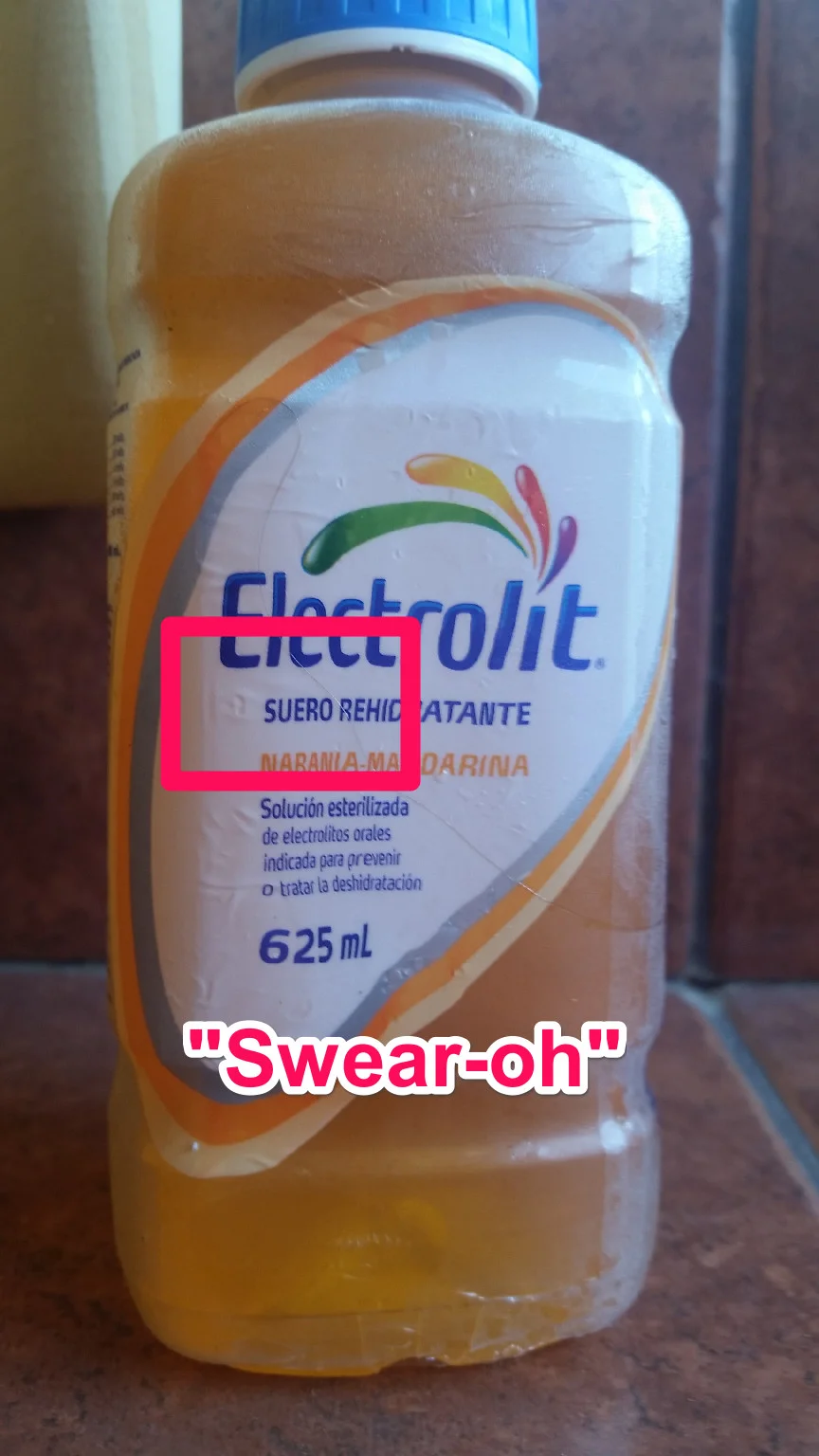A Heat Stroke in Mexico? How to Hydrate Like a Native
Last updated January, 2024
Why Mexican coastal heat is different
You may live in Houston, New Orleans, Miami or southern Missouri, yet you still can’t compare their summers to the heat of a Mexican coastal town. Florida, California, even Alaska, outrank Mexico for humidity, but homes, bars, restaurants, event venues and malls in Mexico aren’t air conditioned the same way as up north. At times is seems there’s no escape.
Every year when I happen to be in Mazatlán between August 1 and September 30, I forget how Mexico’s coastal humidity makes staying hydrated more difficult than in equally hot, humid cities in the US like Arizona.
What you would do if you had a heat stroke in Mexico? The signs aren’t always obvious. People who practice sports know that if you feel thirst, it’s too late. Your body is already dehydrated. Other signs are muscle cramps, a fever or chill, food cravings and headaches due to the body’s inability to break down glycogen. Severe dehydration can cause blood clouts and seizures.
Mexican doctors recommend at least four bottles of this A DAY.
Your body temperature can be a lot higher than it feels. If you were in a nice dry city, like Denver for example, the sweat would evaporate and cool you down. In a Mexican coastal town, soaking in your own sweat heats you up more. Ironically, the wetter you are, the more you need the water.
Like so many other conditions, dehydration is still more of a problem if you’re older. Your sense of thirst lessens. Your kidneys can’t store water as well. Over 50, you feel tired rather than thirsty. Experts say that many times when you’re older and want a nap, what you really need is a glass of water.
The importance of replacing Electrolytes
Electrolytes and mineral salts are what charges the cells. They include calcium, magnesium, potassium, sodium, phosphate and chloride. Electrolytes stimulate nerves throughout the body and balance fluid levels. You can’t avoid electrolyte imbalance by avoiding exercise. Both lack of exercise and exercise can cause it, and it can be deadly.
“In such cases of electrolyte stress, there are abnormal Ph levels, free radical activity, and de-regulated fluid and electrolyte dynamics. Excess tissue fluid levels may also be accompanied with excess sodium and decreased potassium. When sodium levels increase, magnesium tends to be excreted. This is a set-up for congestive heart failure," - Metabolic healing.com
Even the tiniest, most humble corner store in Mexico always carry bottled electrolyte drinks (They might not understand “electrolyte.” Ask for suero, pronounced “swear-oh”). Doctors in Mexico’s coastal cities recommend four bottles of suero a day.
The Mexican way to get electrolytes naturally
Water is not enough, and only partly responsible for hydration. What you eat is as important as what you drink. See all those Mexicans drinking the coconut water from the coconut shells? Coconut water has been called nature’s Gatorade. Milk is very good for hydration.
Coconuts are high in electrolytes and higher in water content than even watermelon. In Mexico coconut water is inexpensive (or you can just shake a tree). Other best foods for hydration are celery, cucumber, kiwi, bell peppers, carrots, pineapple and all citrus.
Doctors often point out dehydration is often misdiagnosed as other health conditions, including heart disease and depression (85% of brain tissue is water. Dehydration causes energy generation in the brain to decrease). Even mild hydration has been shown to alter mood. Doctors recommend at least two liters of water a day. You'll need more if you're active. Tired in Mexico? Hydrate.
Related links:
There’s another habit can make it even harder to stay hydrated. Listen to this Spanish language practice audio and see if you can determine what it is.
From NPR: A growing body of evidence finds that being just a little dehydrated is tied to a range of subtle effects — from mood changes to muddled thinking.
Other ways to stay cool in Mexican coastal areas in the summer - Ventanas Mexico
About the author:
Kerry Baker is the author of three books. The second book is "If Only I Had a Place," the definitive guide to renting and establishing a system of finding the very best places for less, year after year.
Her most recent work is “The Mexico Solution: Saving your money, sanity, and quality of life through part-time life in Mexico.” This is a complete step by step guide to setting up part-time expat life that reads like a novel.
Her most recent book is “The Lazy Expat: Healthy Recipes That Translate in Mexico”. This is a cookbook for expats, new residents, snowbirds, and travelers trying to maintain a healthy diet in Mexico (spoiler: You must cook.)
